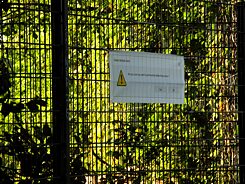Srinivas Harivanam
bangaloREsident-Expanded@Lichtenberg Studios
Srinivas Harivanam (b.1992, Bellary, Karnataka India) is a media artist based in Bangalore. His practice is extruding from his experiences structured around the discomposure and trauma caused by the operation of caste infrastructures. His excavation tools are speculations as a mode to re-code linear timelines - to create friction and study them in a tribological sense. He understands tribology as a study of material properties concerning the sliding of two surfaces and the outcome of the same, which he reinterprets in the context of social surfaces.
His non-laminar research consists of wandering, reading, and auto-ethnographic approaches. His design interventions are situated as site-specific installations, object modifications, tweaking, and drawings.
Srinivas was artist-in-residence for KHOJ Peers 2021, New Delhi. He studied at the National Institute of Design in Ahmedabad. He also takes teaching assignments for Kannada-speaking children on design thinking.
Planned project
During his stay at Lichtenberg Studios, he will continue to inquire into frictional spaces. He defines friction as a flux, a remanence of history in spaces that materialises in actions and forms. He is interested in looking at the German unification as a departure point in his research by concentrating on architectural settings, spatial differences, and expressions formed on walls and noises. Particularly informed by the present political and cultural situations globally. By hooking on his recent research on the spine as a media and metaphor in the different contexts of the biosphere, he sees public space as a spine for society.


